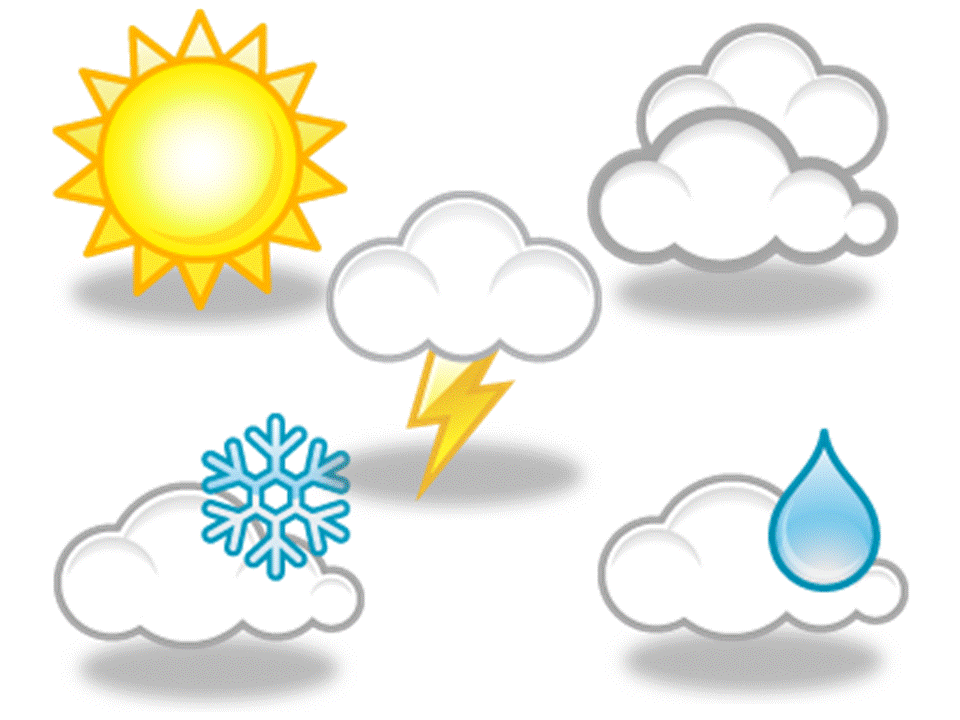Economist finds 22 states are in, or close to a recession
-
According to a recent analysis by Mark Zandi, chief economist at Moodys Analytics, 22 U.S. states are now either in recession or very close to entering one together representing nearly one-third of national GDP.
-
Another 13 states are categorized as treading water, showing stagnation rather than clear growth or contraction.
-
Zandis framework uses a composite index drawing on employment data, modeled industrial output, personal income, and housing starts at the state level scoring states as recession, treading water, or expanding.
The latest quarterly Gross Domestic Product report shows that the economy is growing, albeit slightly. But that growth may not be uniform across the country, according to Mark Zandi, chief economist at Moodys Analytics.
In a post on X, Zandi warns that the U.S. economy is not uniformly healthy many states are already showing signs of contraction or extreme fragility. His state-level index suggests that weakness is concentrated especially in regions with heavy exposure to manufacturing, agriculture, and trade-sensitive sectors.
Based on my assessment of various data, states making up nearly a third of U.S. GDP are either in or at high risk of recession, another third are just holding steady, and the remaining third are growing, Zandi wrote.
Zandi emphasizes that while the national economy is not officially in recession, the current conditions leave it uncomfortably close to tipping over.
Key patterns and vulnerabilities
-
States heavily reliant on manufacturing or agribusiness are disproportionately represented in the recession/at-risk category, reflecting sensitivity to tariffs, supply-chain friction, and weak export demand.
-
The Washington, D.C.MarylandVirginia (DMV) region is flagged as a particular trouble spot deep cuts in federal employment are adding strain to already weak regional performance. (
-
Some big-economy states namely California and New York are classified as treading water. Their stability is seen as pivotal: if they slip into contraction, the national momentum could falter.
Caveats and policy outlook
Zandi cautions that his designation of recession vs. treading water is inherently judgmental state economies lack the clean, consistent indicators used for national recession dating. He also notes that his index is not predictive but offers a snapshot based on coincident measures.
In his view, current U.S. policy carries several headwinds: persistent tariffs, reduced immigration (which constrains labor supply), and federal job cuts. These factors, combined with weakening consumer demand and sluggish capital investment, could push more states into recession in the near term.
If national momentum falters, the pressure on the Federal Reserve and Congress will heighten but Zandi argues that monetary policy alone may not be sufficient to counter structural and policy-driven drags.
What to watch next
-
Whether California or New York show signs of contraction a slip in either could undermine national growth
-
The next state employment and industrial data releases, looking for broad job decline or deepening weakness
-
Responses from state governments and Congress, particularly whether fiscal stimulus or policy shifts emerge to shore up weaker states
-
How the Federal Reserve interprets signals of regional distress amid its inflation-control mission
Though a nationwide recession has not yet been declared, Zandis analysis suggests that many states are already feeling the pain and the threshold for tipping into a broad downturn appears thin.
Posted: 2025-10-10 12:37:50




















